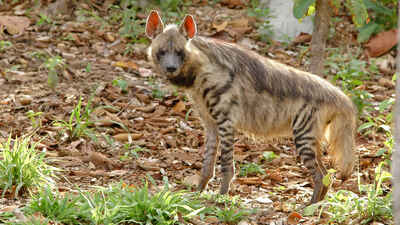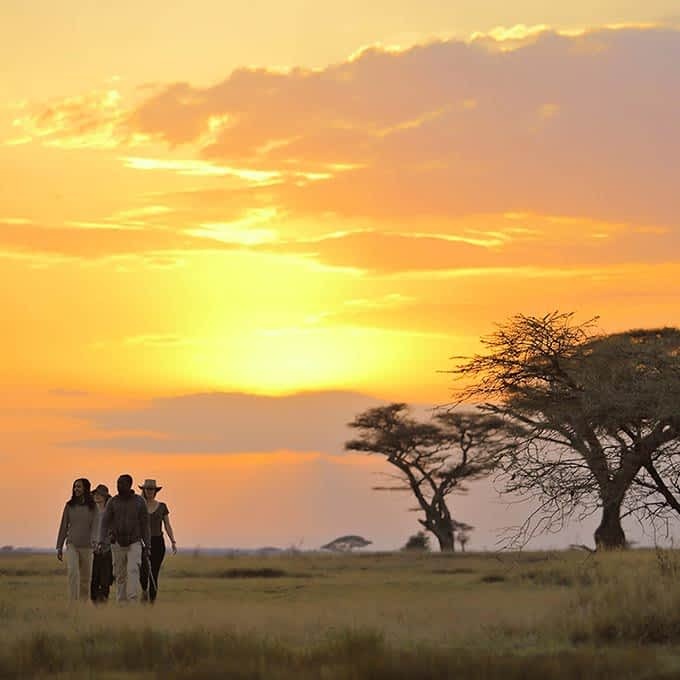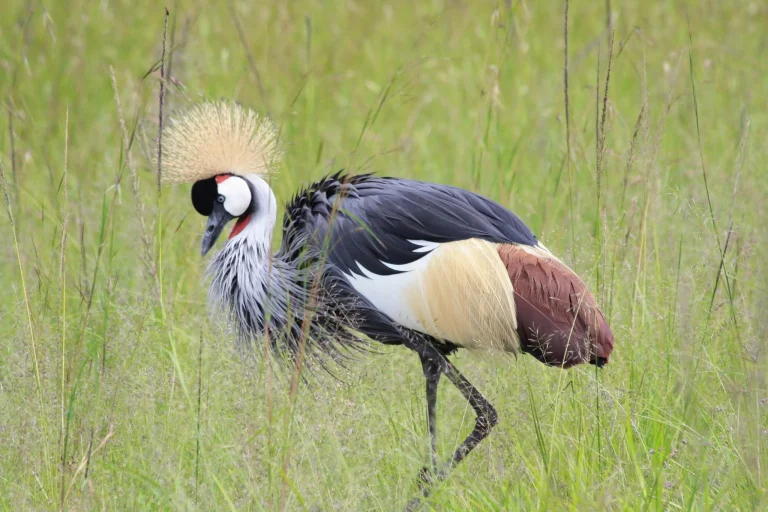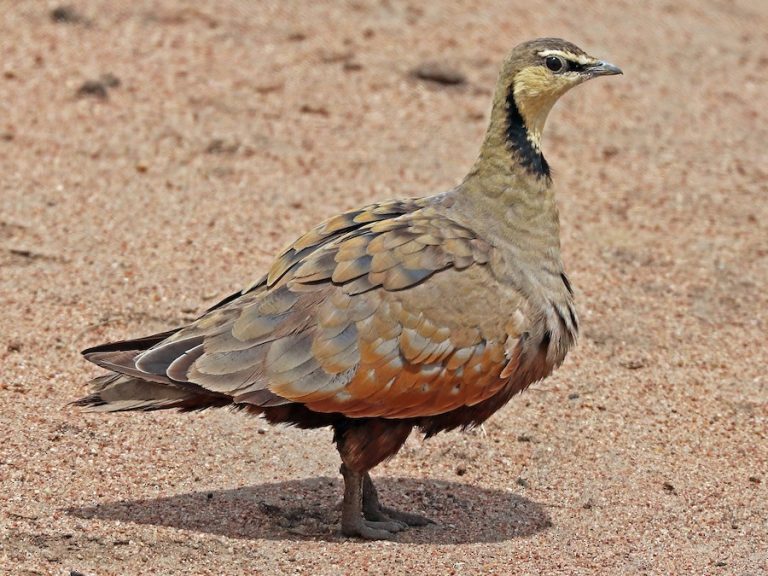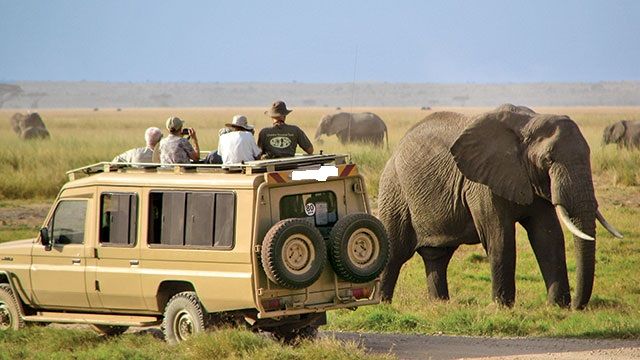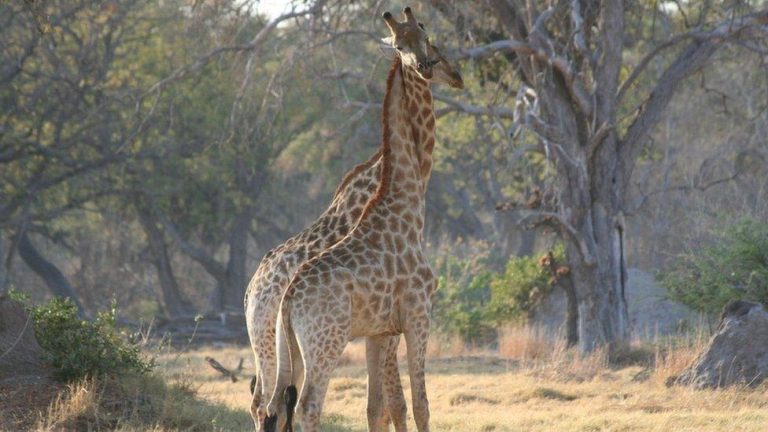The Ghosts of the Serengeti: Mysterious and Rarely Seen Nocturnal Predators
The Serengeti, a vast expanse of untamed wilderness, is best known for its iconic wildlife—lion prides lounging under acacia trees, thundering wildebeest herds, and prowling cheetahs. But as the sun sets over the golden plains, a different world awakens. In the cover of darkness, elusive and mysterious predators emerge, creatures so rarely seen that they have earned the title of “The Ghosts of the Serengeti.”
For the adventurous traveler willing to explore the Serengeti at night, an entirely different safari experience awaits—one filled with eerie calls, fleeting shadows, and enigmatic hunters that few have had the privilege to witness. This blog delves into the rarely seen nocturnal predators of the Serengeti, uncovering their secrets, hunting techniques, and the best ways to encounter them.
1. The Striped Hyena: The Phantom Scavenger
While the spotted hyena is a common sight during the day, its lesser-known cousin, the striped hyena (Hyaena hyaena), is a truly ghostly figure of the night. With its shaggy coat, pointed ears, and eerie silence, this solitary scavenger roams the darkness, feeding on carrion, bones, and even fruits. Unlike the more aggressive spotted hyena, the striped hyena avoids conflict, relying on stealth and its keen sense of smell to locate food.
Best Chance to See One: Striped hyenas are extremely elusive, but night drives in the remote areas of the Serengeti, especially near rocky outcrops, offer the best opportunity.
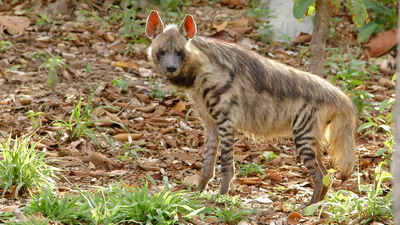
2. The Serval: The Silent Hunter of the Grasslands
With its long legs, large ears, and golden coat patterned with black spots, the serval (Leptailurus serval) is one of the most elegant hunters of the Serengeti. This medium-sized cat specializes in hunting rodents, frogs, and birds using its acute hearing and lightning-fast reflexes. The serval can leap over three meters (10 feet) into the air to snatch birds in flight—a truly spectacular sight for those lucky enough to witness it.
Best Chance to See One: Servals are most active in grassy areas near water sources, particularly in the Seronera Valley and the Ngorongoro Conservation Area.
3. The African Wildcat: The Ancestor of Domestic Cats
Few travelers realize that the ancestors of modern domestic cats still roam the Serengeti. The African wildcat (Felis lybica) looks remarkably similar to a large housecat but is a fiercely independent and skilled nocturnal hunter. With superior night vision, it silently stalks small mammals, lizards, and insects under the moonlit sky.
Best Chance to See One: These shy felines are often spotted during night safaris in the woodlands near the central Serengeti.
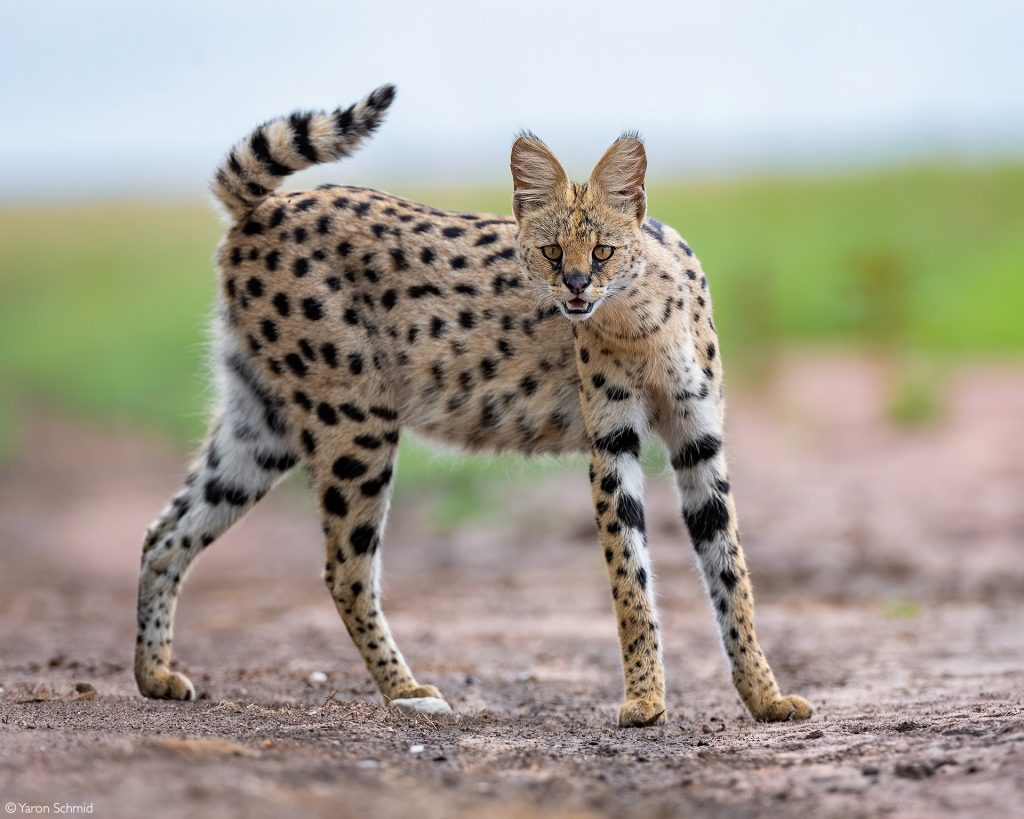
4. The White-Tailed Mongoose: The Lone Wanderer
Unlike its highly social relatives, the white-tailed mongoose (Ichneumia albicauda) is a solitary creature, often found patrolling the night in search of insects, small rodents, and reptiles. With its distinctive bushy white tail and cat-like movements, it is a surreal sight under the moonlight.
Best Chance to See One: These creatures prefer areas with thick grass and bush, often seen along the edges of riverbanks.
5. The Caracal: The Serengeti’s Stealth Assassin
Perhaps the most mysterious of all the nocturnal predators, the caracal (Caracal caracal) is an agile and powerful hunter known for its striking tufted ears and unparalleled leaping ability. It is capable of catching birds mid-flight and taking down prey larger than itself. Caracals are incredibly secretive, making them one of the rarest sightings on any safari.
Best Chance to See One: The caracal prefers rocky and semi-arid regions; sightings have been reported in the eastern Serengeti and near the Gol Kopjes.
6. The Bat-Eared Fox: The Whispering Night Stalker
The bat-eared fox (Otocyon megalotis), with its oversized ears and small frame, is a nocturnal insectivore that relies on its acute hearing to detect termites and beetles underground. It communicates in soft vocalizations, which often sound like whispers in the night air, adding to its ghostly reputation.
Best Chance to See One: Open plains with sandy soil, particularly near the Ndutu and southern Serengeti region.
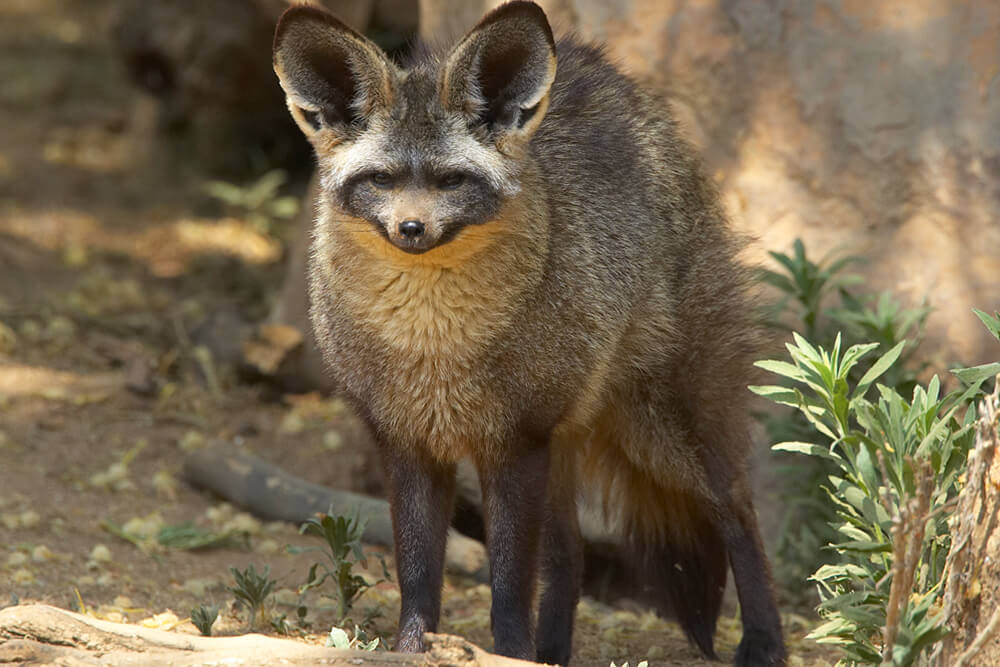
7. The Aardwolf: The Termite-Eating Phantom
The aardwolf (Proteles cristatus), a relative of the hyena, is perhaps one of the strangest nocturnal creatures of the Serengeti. Unlike its carnivorous cousins, the aardwolf feeds almost exclusively on termites, using its long, sticky tongue to consume thousands in a single night. It is incredibly shy and avoids human presence, making sightings exceedingly rare.
Best Chance to See One: Aardwolves favor open plains with dry grasslands, often near the Moru Kopjes region.
How to Experience the Ghosts of the Serengeti
Witnessing these nocturnal predators requires patience, the right conditions, and a knowledgeable guide. Here are some tips to enhance your chances:
- Book a Night Safari: Many safari operators offer specialized night drives using red-light torches that do not disturb the animals’ natural behavior.
- Visit During the Dry Season (June – October): With less vegetation, visibility improves, making it easier to spot nocturnal creatures.
- Stay in Private Reserves: Areas like the Grumeti Reserve and Ngorongoro Crater allow night safaris, unlike the main Serengeti National Park.
- Listen Carefully: Many nocturnal predators communicate through subtle sounds—whether it’s the eerie hoot of an owl, the soft calls of a serval, or the distant laugh of a hyena.
Final Thoughts: A World Beyond the Daylight
The Serengeti is alive with an unseen world that most travelers never get to experience. While the daylight belongs to the lions and cheetahs, the night belongs to the silent hunters, the elusive prowlers, and the ghostly figures that roam unseen.
For the adventurous traveler seeking to experience the untamed mystery of Africa’s wilderness, a night safari into the realm of these ghostly predators is an unforgettable journey—one that will leave you with stories of shadows moving in the moonlight and creatures whose very existence feels like a whispered secret of the Serengeti.
Are you ready to explore the Serengeti after dark? Have you ever encountered one of these mysterious creatures on a safari? Share your experience in the comments below and let’s uncover the secrets of the Serengeti together! 🌙🐾

